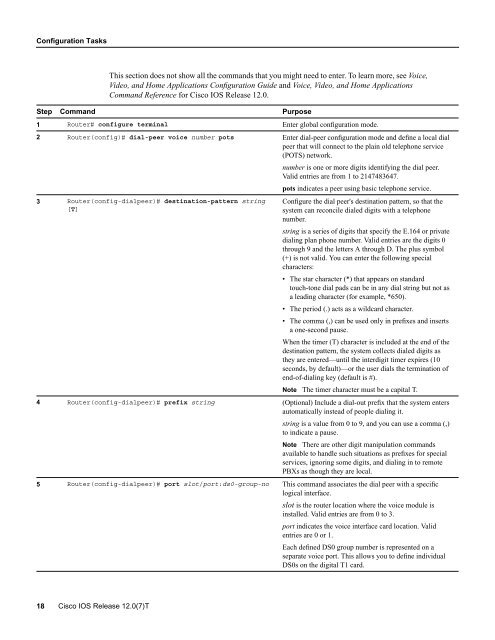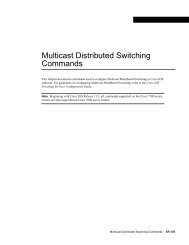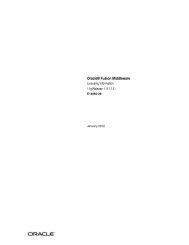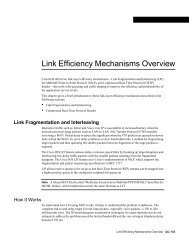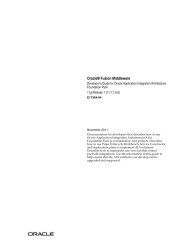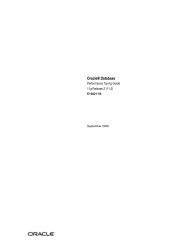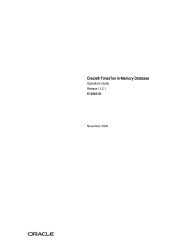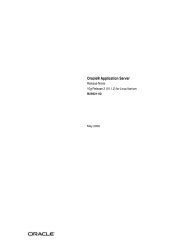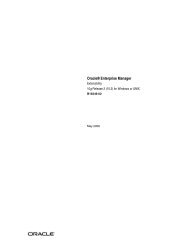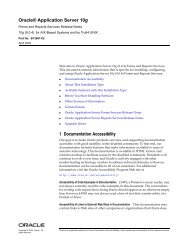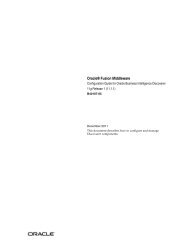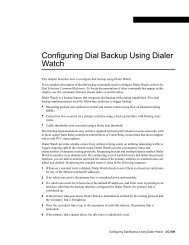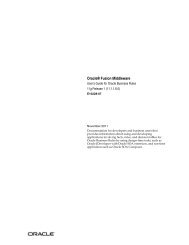Configuring 1- and 2-Port T1/E1 Multiflex Voice/WAN ... - docs.mind.ru
Configuring 1- and 2-Port T1/E1 Multiflex Voice/WAN ... - docs.mind.ru
Configuring 1- and 2-Port T1/E1 Multiflex Voice/WAN ... - docs.mind.ru
You also want an ePaper? Increase the reach of your titles
YUMPU automatically turns print PDFs into web optimized ePapers that Google loves.
Configuration Tasks<br />
This section does not show all the comm<strong>and</strong>s that you might need to enter. To learn more, see <strong>Voice</strong>,<br />
Video, <strong>and</strong> Home Applications Configuration Guide <strong>and</strong> <strong>Voice</strong>, Video, <strong>and</strong> Home Applications<br />
Comm<strong>and</strong> Reference for Cisco IOS Release 12.0.<br />
Step Comm<strong>and</strong> Purpose<br />
1 Router# configure terminal Enter global configuration mode.<br />
2 Router(config)# dial-peer voice number pots Enter dial-peer configuration mode <strong>and</strong> define a local dial<br />
peer that will connect to the plain old telephone service<br />
(POTS) network.<br />
number is one or more digits identifying the dial peer.<br />
Valid entries are from 1 to 2147483647.<br />
pots indicates a peer using basic telephone service.<br />
3 Router(config-dialpeer)# destination-pattern string<br />
[T]<br />
Configure the dial peer's destination pattern, so that the<br />
system can reconcile dialed digits with a telephone<br />
number.<br />
string is a series of digits that specify the E.164 or private<br />
dialing plan phone number. Valid entries are the digits 0<br />
through 9 <strong>and</strong> the letters A through D. The plus symbol<br />
(+) is not valid. You can enter the following special<br />
characters:<br />
• The star character (*) that appears on st<strong>and</strong>ard<br />
touch-tone dial pads can be in any dial string but not as<br />
a leading character (for example, *650).<br />
• The period (.) acts as a wildcard character.<br />
• The comma (,) can be used only in prefixes <strong>and</strong> inserts<br />
a one-second pause.<br />
When the timer (T) character is included at the end of the<br />
destination pattern, the system collects dialed digits as<br />
they are entered—until the interdigit timer expires (10<br />
seconds, by default)—or the user dials the termination of<br />
end-of-dialing key (default is #).<br />
Note The timer character must be a capital T.<br />
4 Router(config-dialpeer)# prefix string (Optional) Include a dial-out prefix that the system enters<br />
automatically instead of people dialing it.<br />
string is a value from 0 to 9, <strong>and</strong> you can use a comma (,)<br />
to indicate a pause.<br />
Note There are other digit manipulation comm<strong>and</strong>s<br />
available to h<strong>and</strong>le such situations as prefixes for special<br />
services, ignoring some digits, <strong>and</strong> dialing in to remote<br />
PBXs as though they are local.<br />
5 Router(config-dialpeer)# port slot/port:ds0-group-no This comm<strong>and</strong> associates the dial peer with a specific<br />
logical interface.<br />
slot is the router location where the voice module is<br />
installed. Valid entries are from 0 to 3.<br />
port indicates the voice interface card location. Valid<br />
entries are 0 or 1.<br />
Each defined DS0 group number is represented on a<br />
separate voice port. This allows you to define individual<br />
DS0s on the digital <strong>T1</strong> card.<br />
18 Cisco IOS Release 12.0(7)T


